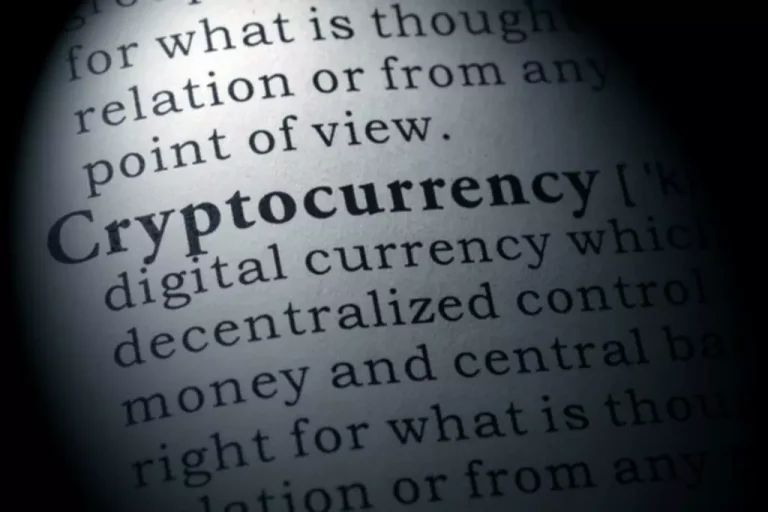Additionally, traders may incur ongoing costs for algo trading software program and knowledge feeds. Massive algorithmic trades can exert substantial affect on market costs, probably inflicting losses for merchants unable to adjust their positions swiftly. Some argue that algo buying and selling has contributed to market volatility and even triggered flash crashes. Algo buying and selling is especially well-liked amongst traders engaged in scalping, a technique involving rapid shopping for and selling of property to revenue from small value increments.
This is essentially achieved by eliminating the affect of human feelings on trading choices, ensuring trades are executed on the most opportune moments. Moreover, algorithmic buying and selling can contribute to decreasing trading costs and making certain instant order placement, which is especially critical in fast-moving markets. As we navigate via the intricate net of algorithms, we goal to demystify the method, shedding gentle on how traders leverage mathematical fashions and computational algorithms to optimize buying and selling outcomes. Join us as we unfold the essence of algorithmic trading, setting the stage for a deeper understanding of its function in shaping the way ahead for monetary transactions. The future of algorithmic trading is likely to see an elevated reliance on AI and machine studying. These applied sciences have the potential to boost decision-making processes, determine complex market patterns, and adapt methods in real-time.
Lastly, the absence of nuanced human perception implies that algorithmic buying and selling won’t successfully adapt to unforeseen market situations, because it cannot incorporate qualitative elements which may affect market movements. In abstract, algorithmic trading represents a fusion of finance and know-how, offering a precision-driven approach to buying and selling that mitigates emotional biases and enhances market functionality. Its adoption and success hinge on a trader’s capability to plot strategic algorithms and successfully combine them into the buying and selling surroundings. Creating a profitable algorithmic trading technique involves several key steps, from analysis and design to implementation and testing. This functionality enables the algorithm to suppose about real-time information from numerous markets and sectors when executing trades, in distinction to humans which are restricted of their capability to track multiple data sets.

Top 100 Shares
This open-source approach permits particular person traders and novice programmers to take part in what was once the domain of specialized professionals. They also host competitions where novice programmers can suggest their trading algorithms, with probably the most worthwhile applications incomes commissions or recognition. The use of algorithms in buying and selling elevated after computerized buying and selling systems were introduced in American financial markets during the Seventies. In 1976, the New York Stock Change launched its designated order turnaround system for routing orders from merchants to specialists on the exchange ground. In the following decades, exchanges enhanced their abilities to accept electronic trading, and by 2009, upward of 60% of all trades in the united states Smart contract were executed by computer systems. With a variety of strategies that traders can use, algorithmic buying and selling is prevalent in monetary markets right now.

This course of includes creating a algorithm and criteria that the buying and selling software will comply with to execute trades. The basis of a profitable trading mannequin lies in its capacity to accurately predict market actions and execute trades that capitalize on these predictions. Main hedge funds have embraced algorithmic buying and selling to process monumental volumes of trades and manage complicated portfolios.

What’s Hedging In Trading? A Beginner’s Guide To Threat Administration
Varied platforms have now emerged which offer an enormous advantage to today’s traders. Algorithmic buying and selling permits merchants to explore a variety of markets, assets, and methods, diversifying their buying and selling portfolios. Market-making algorithms present liquidity to the market by constantly quoting each purchase and promote costs, profiting from the bid-ask unfold. It allows them to access vast computational resources and storage capability, making it easier to develop and run refined algorithms. Algo buying and selling supplies a systematic and rule-based method to lively trading, distinguishing itself from instinct or instinct-based strategies. It’s a useful tool for investors seeking precision and velocity in their trading methods.
It’s significantly helpful in markets recognized for fast movements, similar to Forex, where timing is essential for capitalizing on fluctuating foreign money values. The software program operates on algorithms that can analyze market data, acknowledge worthwhile trading opportunities, and execute trades according to predefined criteria set by the dealer. Algo trading algorithms can be designed to investigate market knowledge and execute trades inside very brief timeframes, making it well-suited for day trading strategies aiming to revenue from intraday value fluctuations. Numerous algorithmic trading platforms have emerged available in the market to facilitate this buying and selling method, providing powerful tools and options to traders. Additionally, these platforms often present Software Programming Interfaces (APIs) that enable users to entry market knowledge and execute trades programmatically. Such trades are initiated via algorithmic trading systems for well timed execution and one of the best prices.
The transition to algorithmic trading marks a significant evolution in the trading domain, mixing refined strategies with the precision of expertise. The cornerstone of this approach lies within the meticulous integration of a pc program capable of https://www.xcritical.com/ executing trades based on pre-defined standards, supported by rigorous backtesting. This testing phase is crucial, as it evaluates the algorithm against historic market knowledge to ensure its potential for profitability. Building a buying and selling model is a critical step for any dealer trying to enterprise into algorithmic trading.
Till the commerce order is fully stuffed, this algorithm continues sending partial orders based on the defined participation ratio and in accordance with the amount traded within the markets. The associated “steps strategy” sends orders at a user-defined share of market volumes and increases or decreases this participation rate when the stock price reaches user-defined levels. Common performance evaluations and updates ensure the buying and selling system remains aligned with current developments. Algo trading has transformed the monetary market, allowing it to conduct high-speed, data-driven buying and selling with little human intervention.
- In a mix strategy, you should set up whether or not to take long or quick positions and determine the algorithm’s buying and selling schedule throughout the day.
- Creating a successful algorithmic buying and selling strategy involves several key steps, from research and design to implementation and testing.
- So, such algorithms will usually buy throughout uptrends and sell when there’s a downtrend.
- Understanding these might help you decide whether or not it’s the best method for you.
Nevertheless, it’s essential to remember the dangers of algorithmic trading—namely, coding errors, black swan occasions, and overfitting your methods to historic data. With advancements in technology, algorithmic trading has turn out to be more accessible to retail traders, unlocking a number of alternatives to profit available in the market. It’s vital that you start paper trading before you risk real cash as it’s all too simple to over-optimize and curve fit methods to the previous, so the actual test happens in live market circumstances. For this, you have to use a platform like TradeStation which provides paper buying and selling with real-time data feeds.
This progression has given rise to high-frequency trading (HFT), which executes trades swiftly to grab fleeting market chances. Moreover, specialised methods similar to day buying and selling algorithms now goal intraday price movements. Algorithmic trading works by utilising laptop packages to follow a set of rules and criteria. These algorithms analyse market knowledge and execute trades primarily based on predefined circumstances, such as value, timing, and quantity, to maximise income and minimise dangers. Algorithmic buying and selling entails utilizing computer algorithms to automate trading algo trading examples choices.